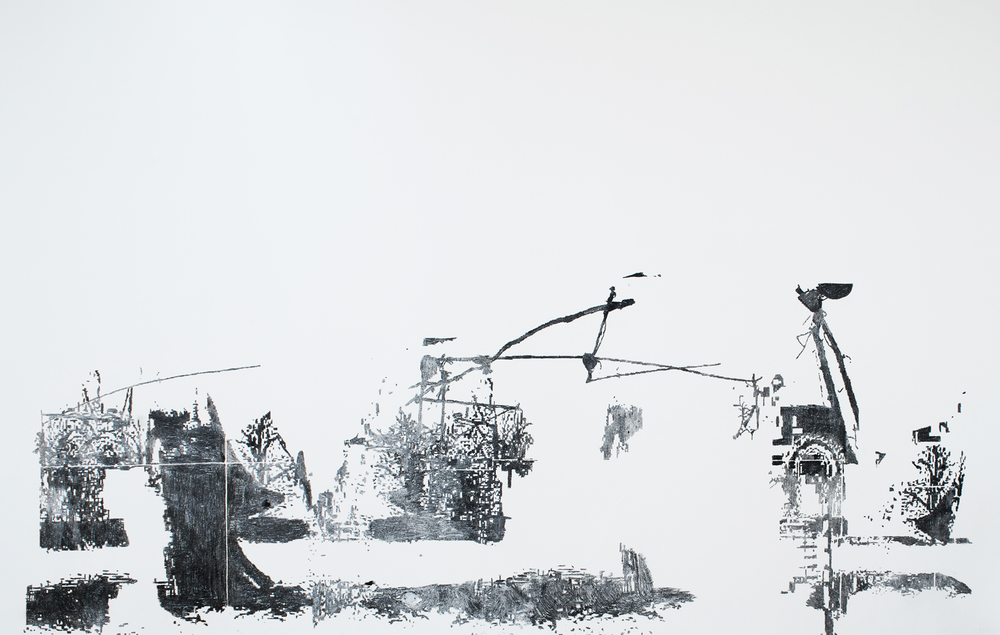
Cold-Pressed, Low-Heat: virginorganicvegankosher
Brno House of Arts, Czech Republic
14. 9. – 30. 10. 2016
Daniela&Linda Dostálková conceived the exhibition concept in close collaboration with five invited artists: Milan Houser, Stéphanie Lagarde, Kateřina Šimáčková, Nora Turato, Dan Walwin. In addition to their role as the curators, they also act as co-authors and at the same time, commissioners.
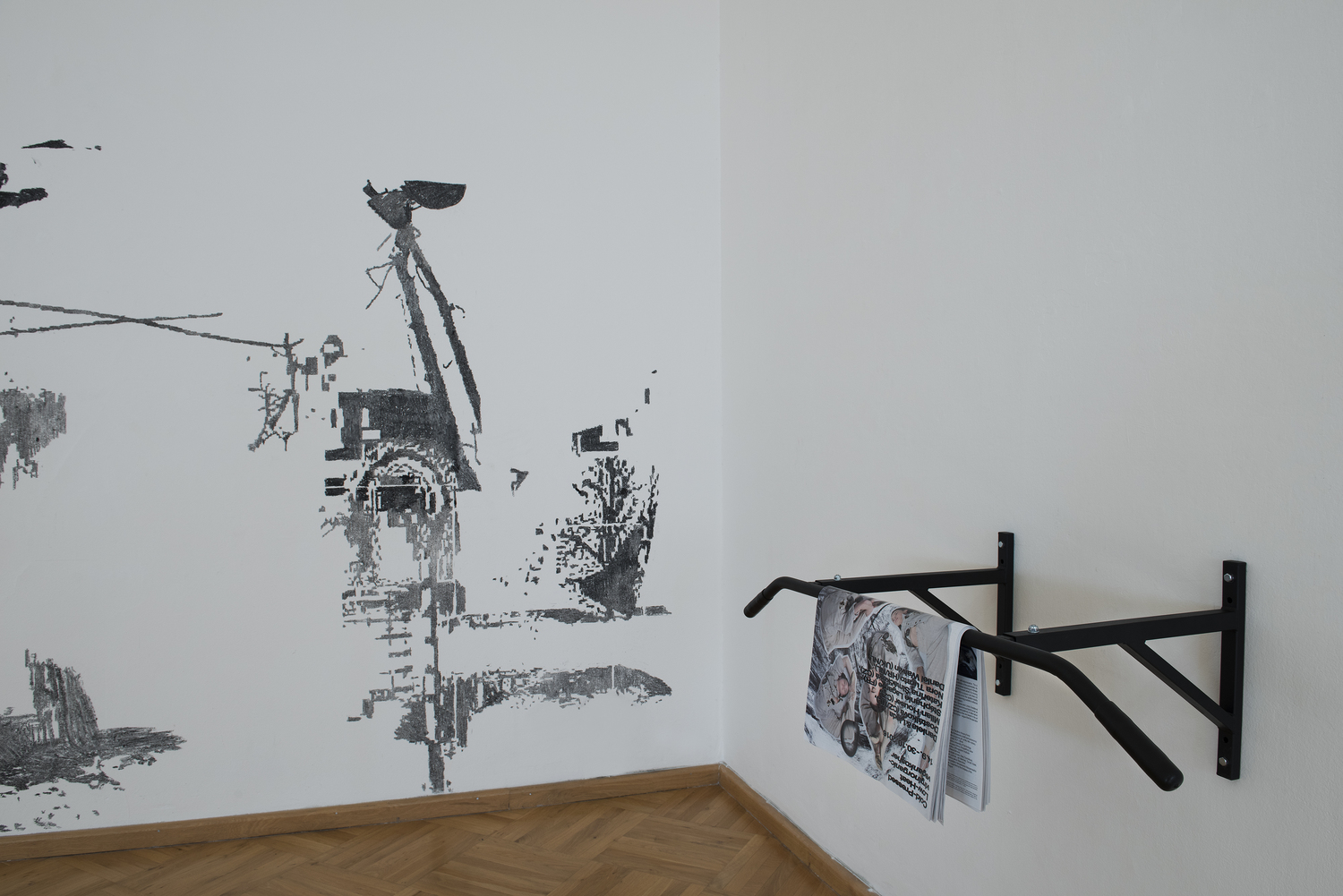
Installation view, 2016
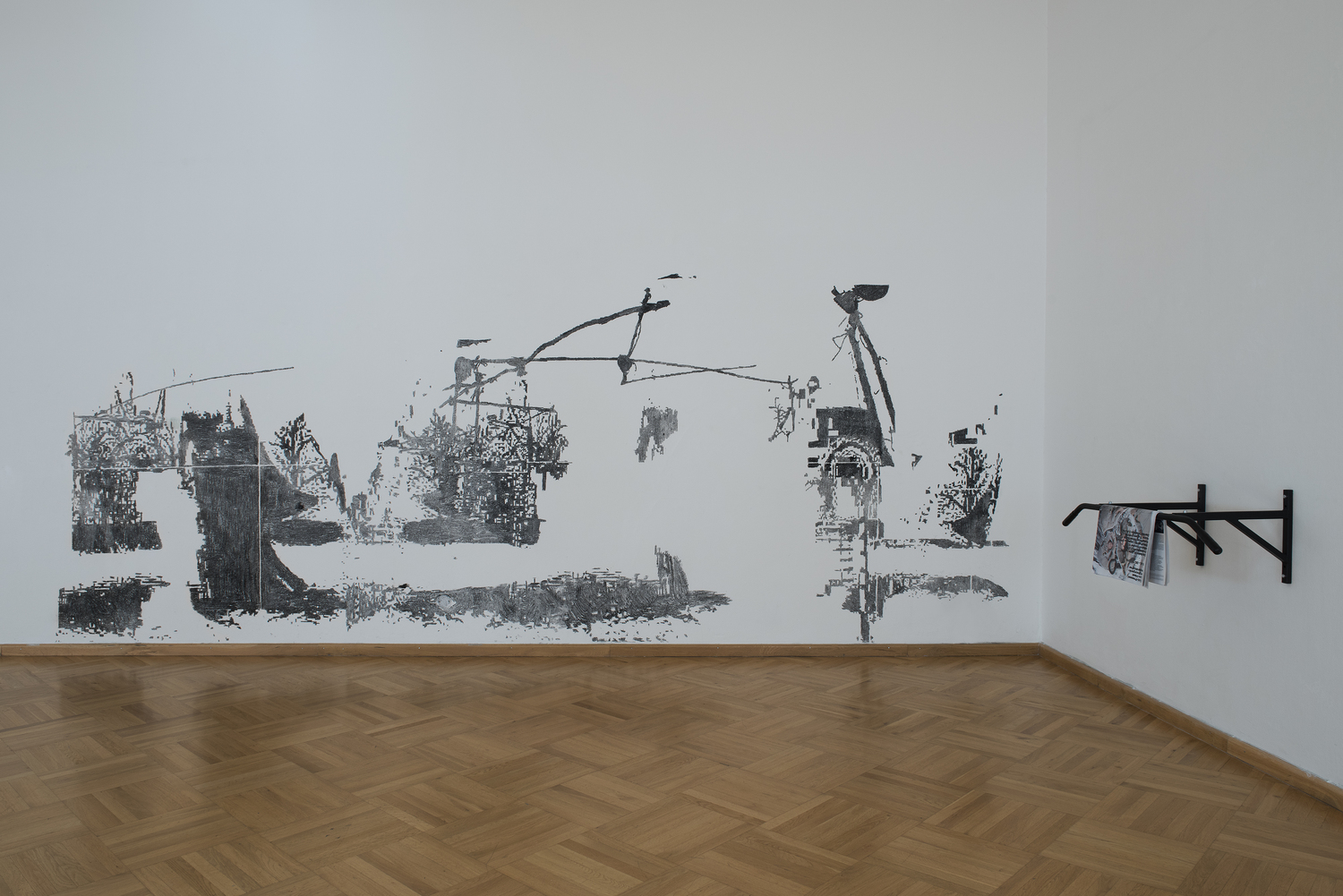
Dan Walwin, Untitled, charcoal on wall, 2016
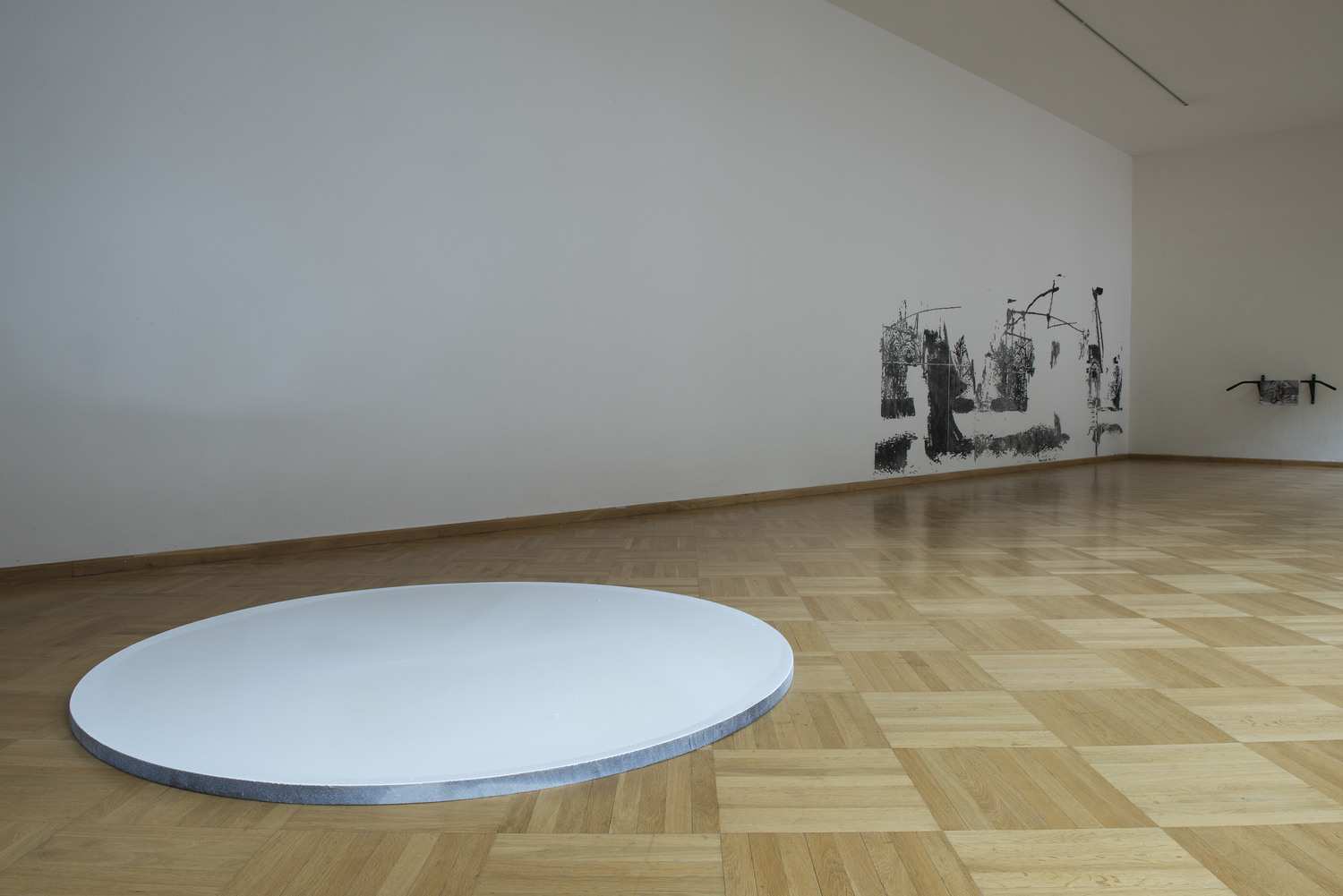
Milan Houser, Quality: Materiality, coconut oil on canvas, 200 cm, 2016
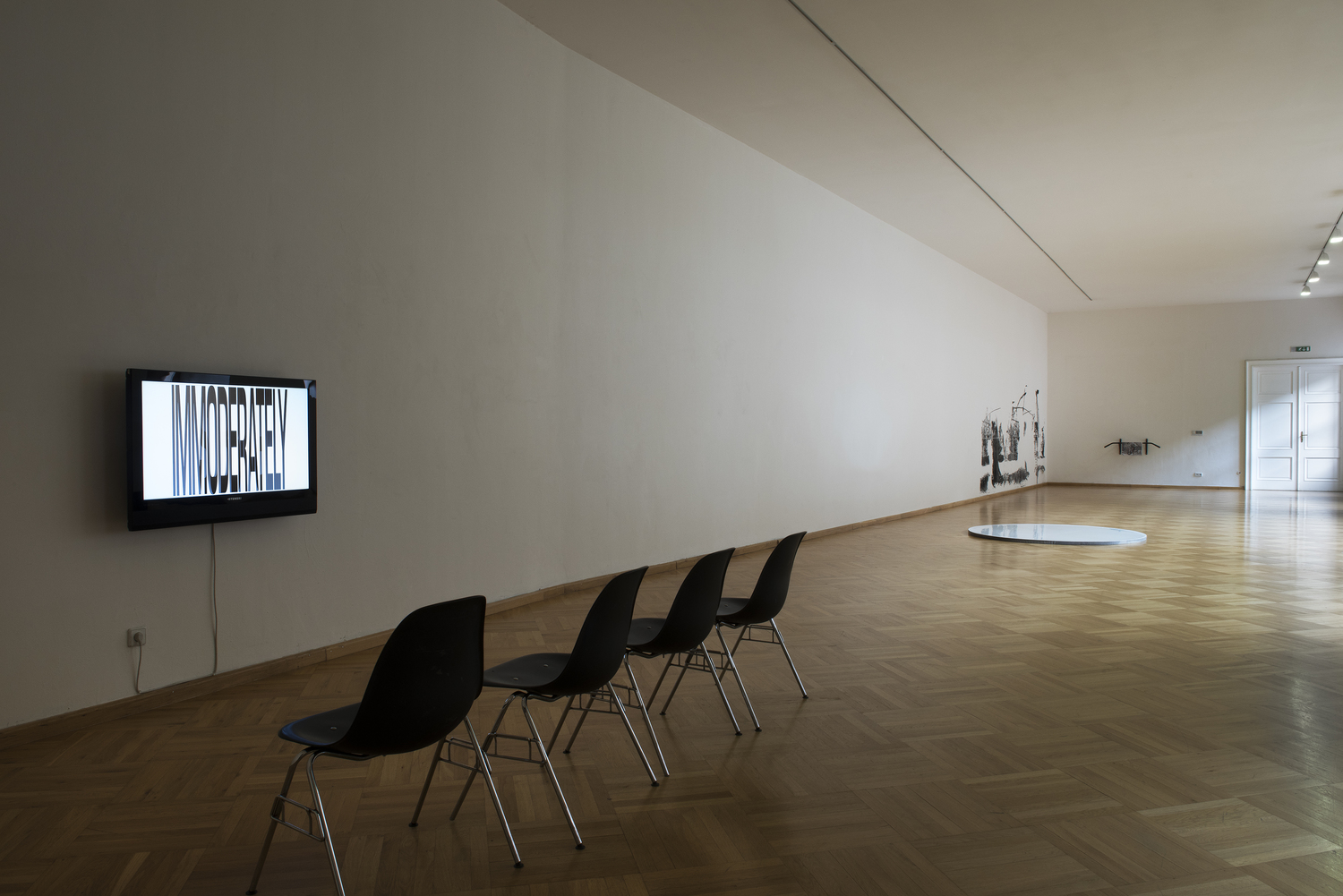
Nora Turato, Quality: Interpretation, 2016
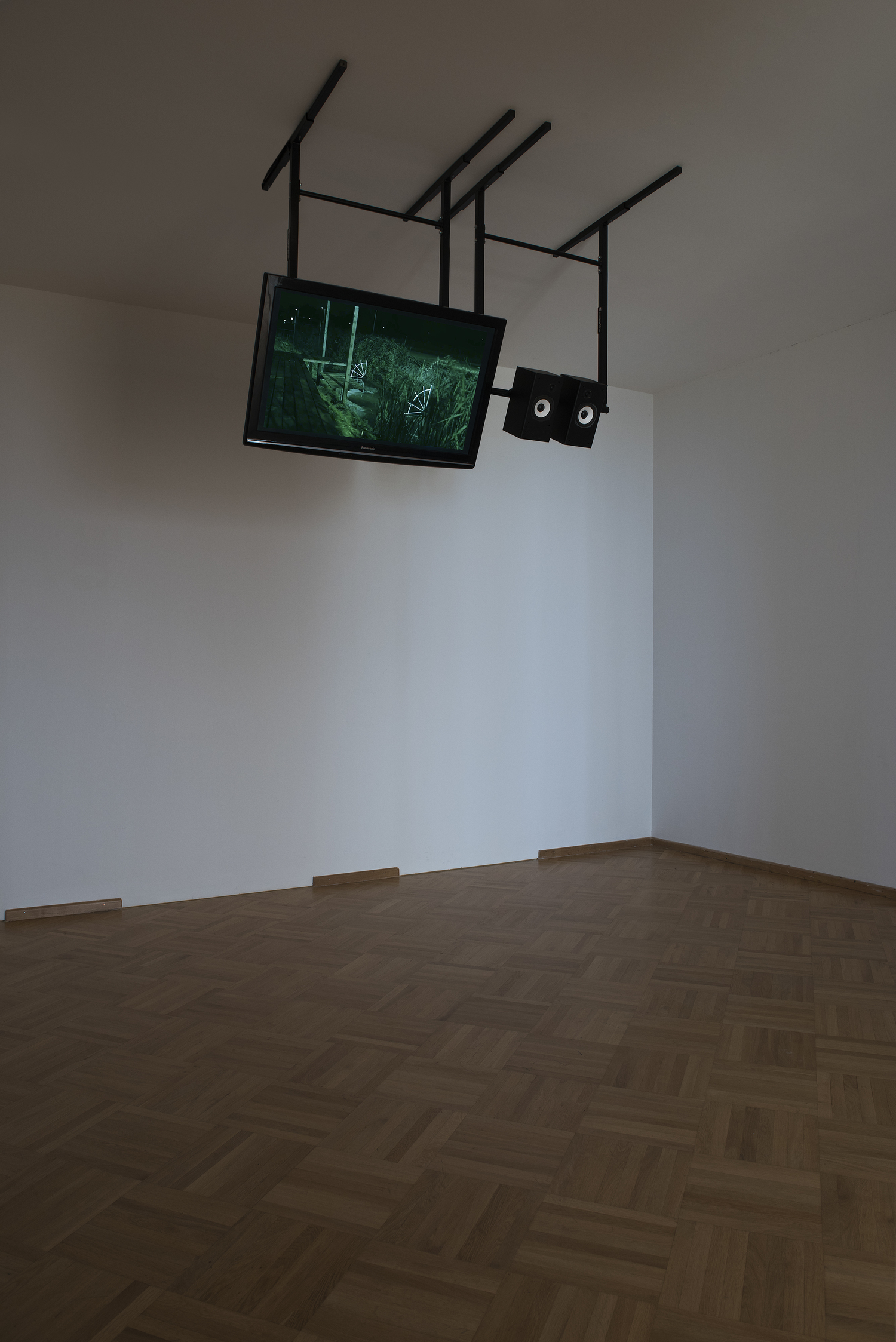
Dan Walwin, Quality: Environment, 2016
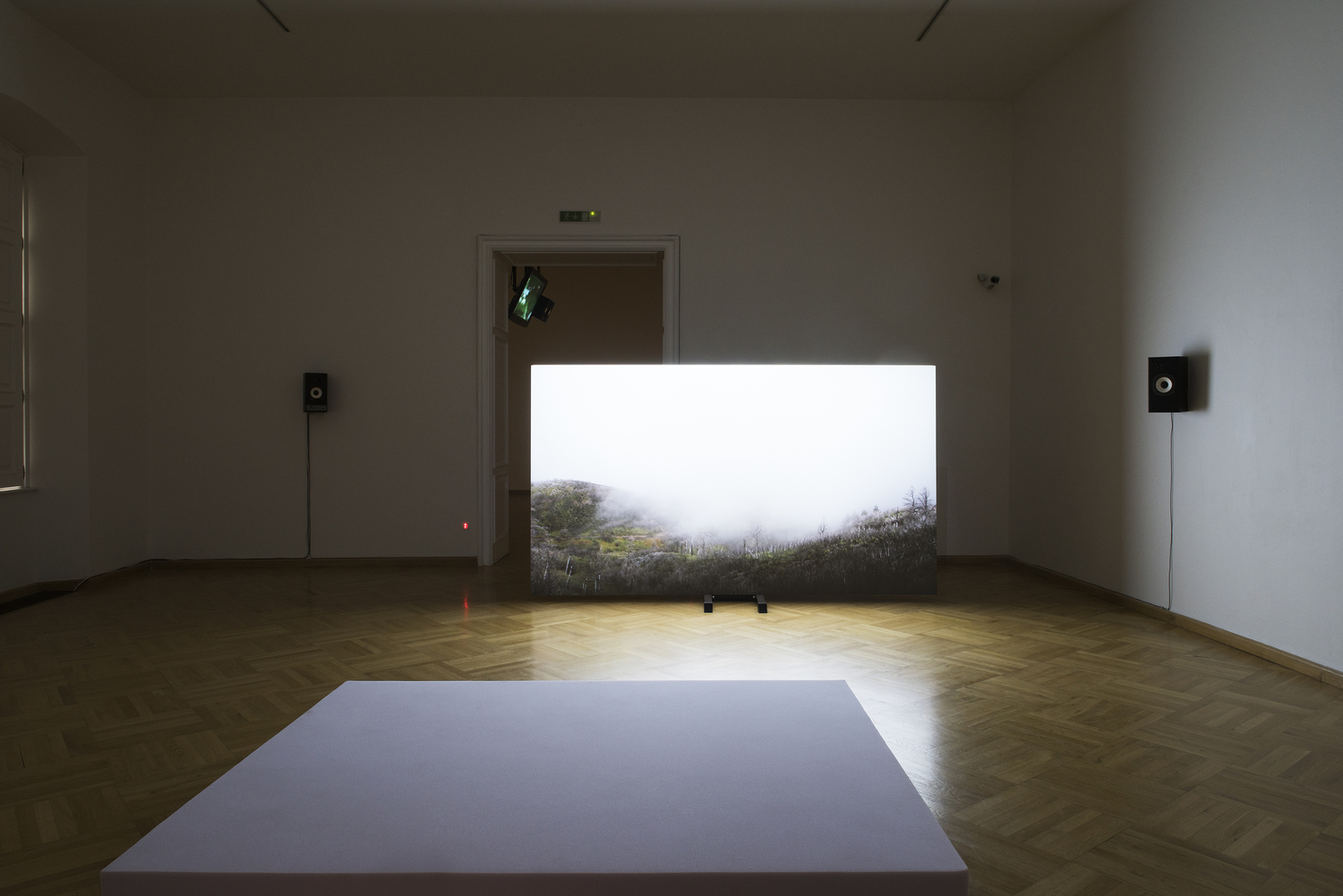
Stéphanie Lagarde, Quality: Communication, 2016
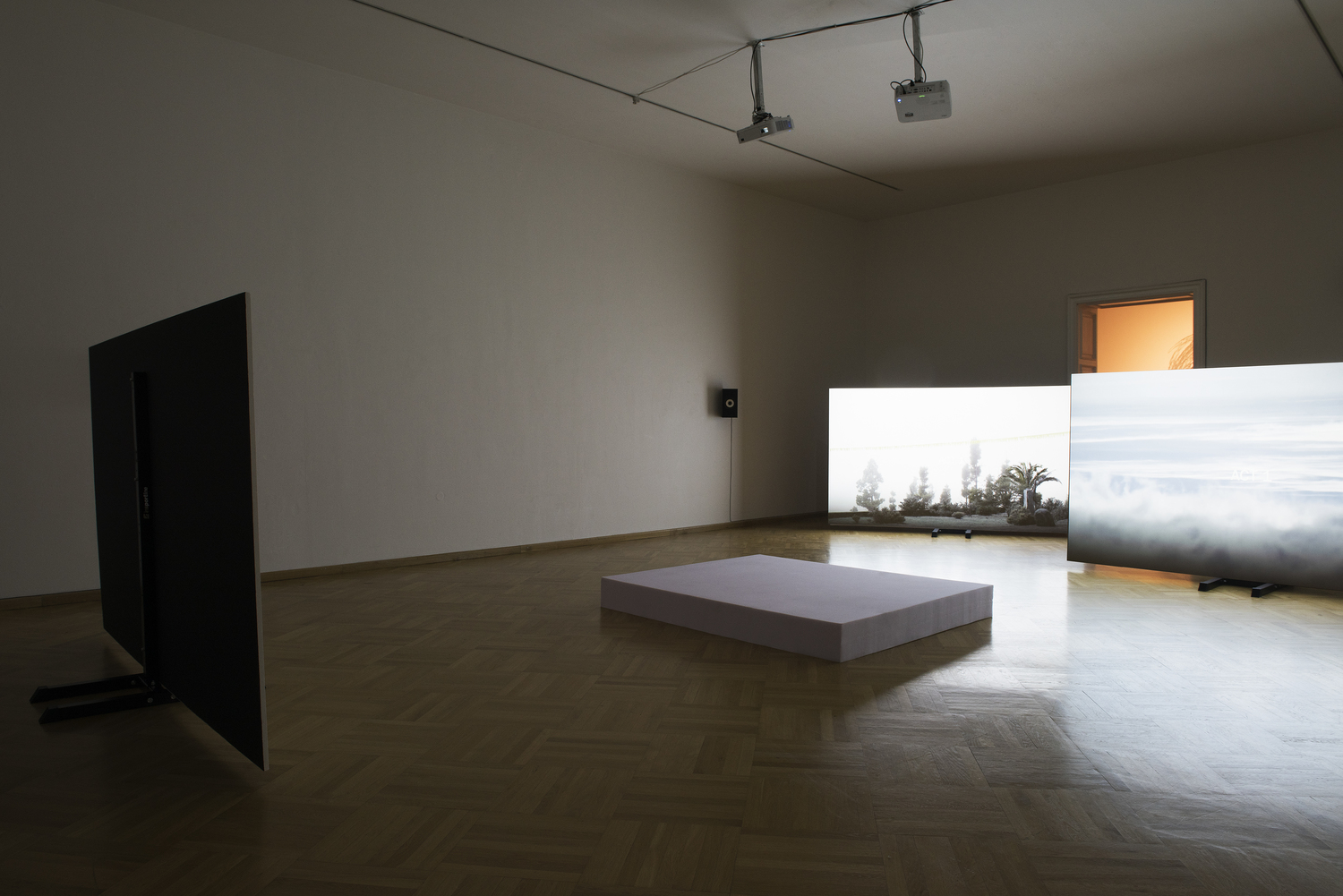
Stéphanie Lagarde, Quality: Communication, 2016
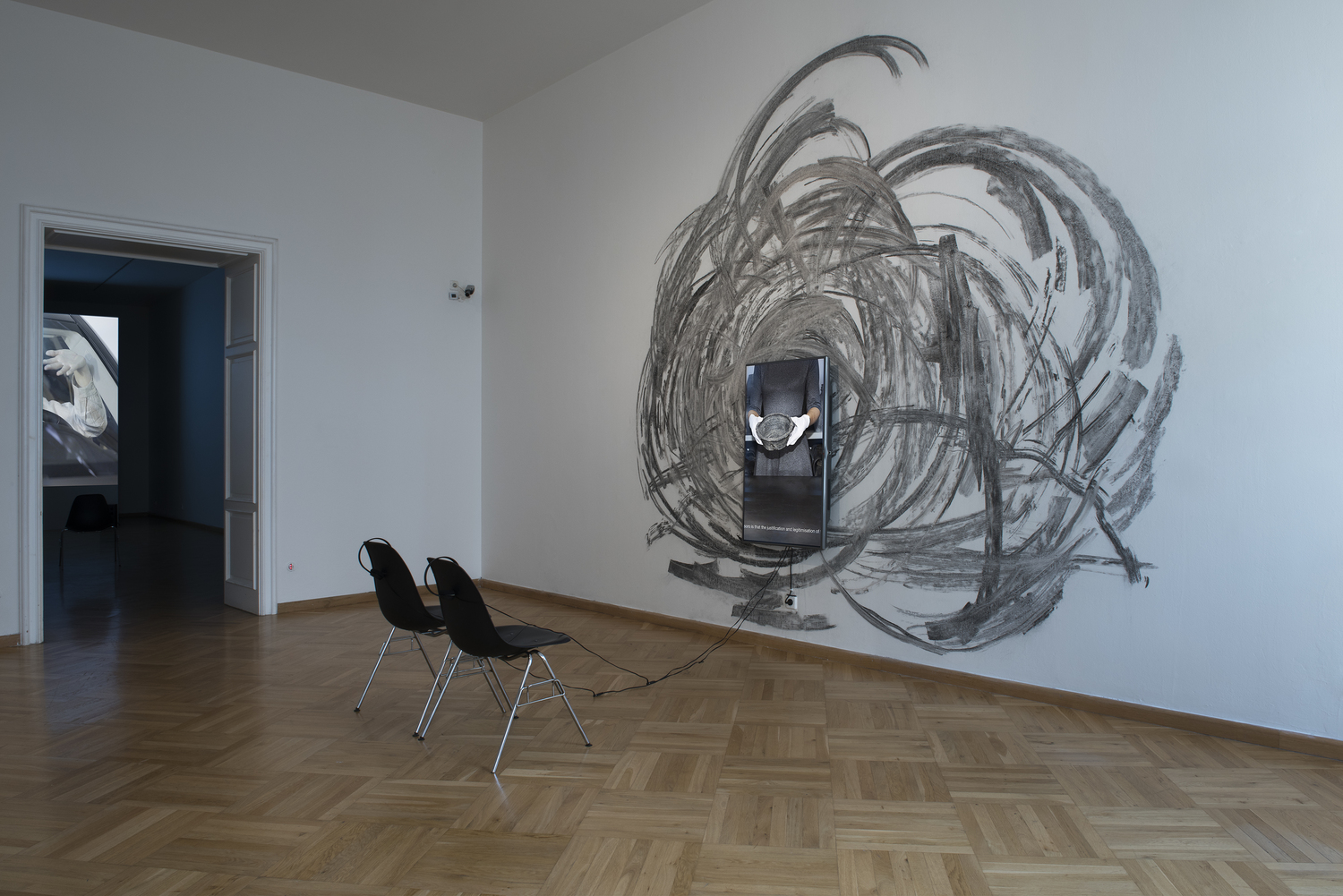
Daniela&Linda Dostálková, Kateřina Šimáčková, Quality: Civilization, 2016
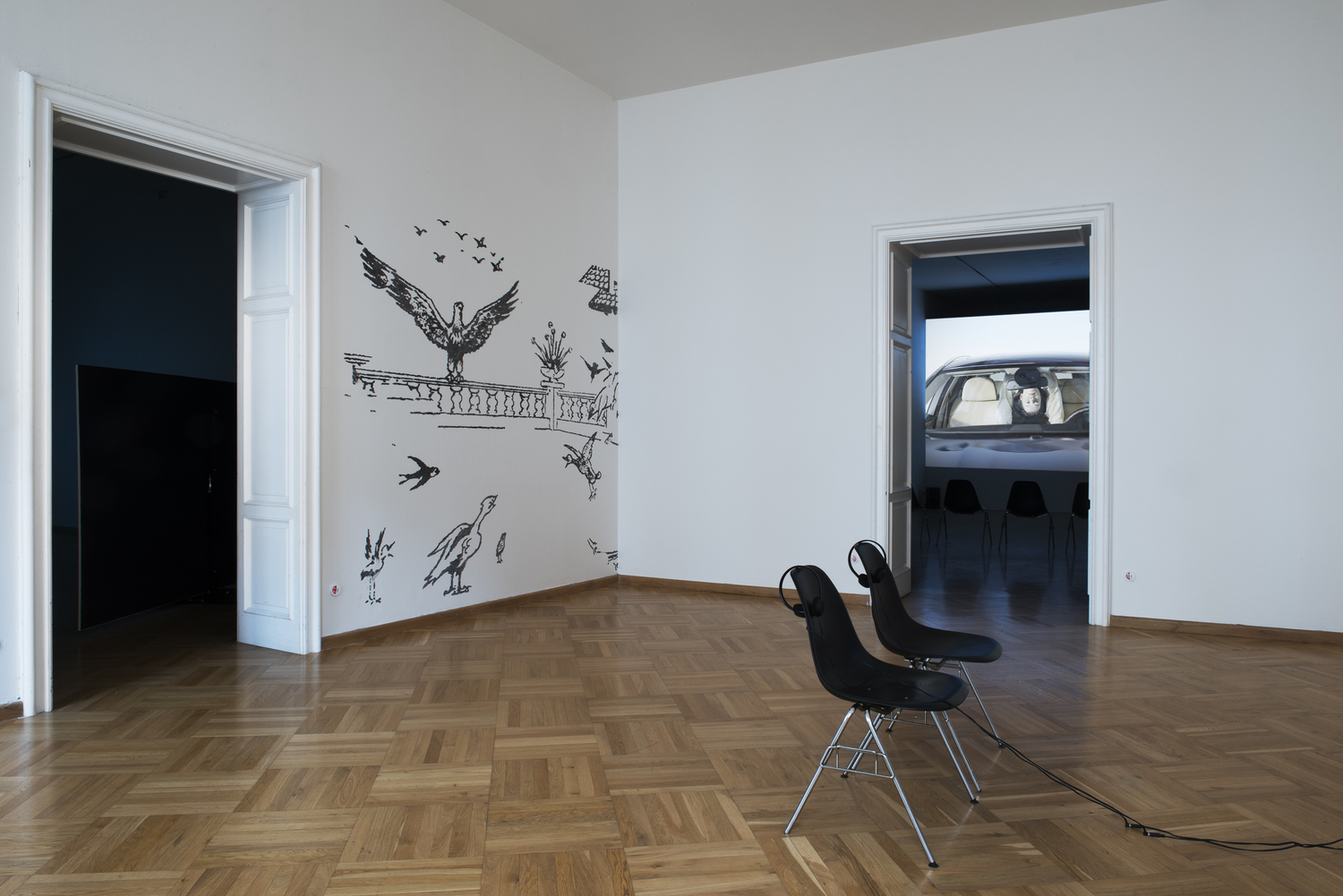
Dan Walwin, Untitled, charcoal on wall, 2016
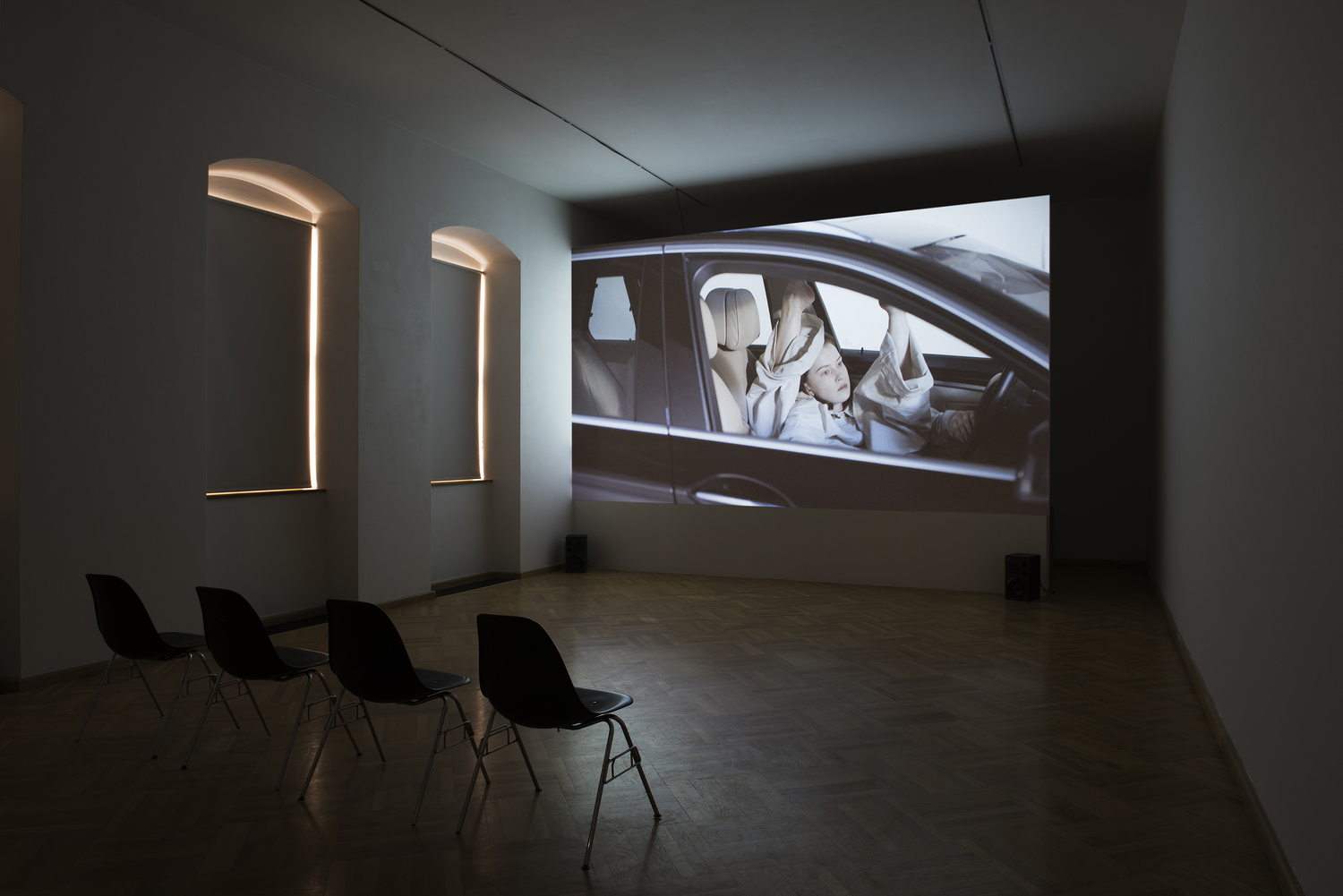
Daniela&Linda Dostálková, Quality: Flexibility, 2016
The concept of the exhibition entitled Cold-Pressed, Low-Heat: virginorganicvegankosher is based on the premise that consumption is a cultural process. "Consumption and culture are mutually dependant. It is through consumption that we provide both for our physical existence and keep certain cultural processes in motion, mainly those related to expressing one's identity."1
If we decide to mingle both of the worlds in a gallery environment, what can the exhibits be called then? The following clarification of related terms will enable us to better understand how consumption can activate the exhibition mechanism: “Object” is used commonly in contemporary art as it precisely captures its substance. “Piece” refers primarily to the artist and her/his intention. “Thing” attaches little importance to the artist’s presence and stresses contextualization. “Product” relates to a process of creation and gives an impression of finality. “Artifact” alludes to the outcome of a process. “Commodity” is used primarily in the context of criticising the market and includes all of the terms mentioned above. It lacks any information regarding its origin, history and significance in relation to its existence.2
We call the exhibits commodities and by doing this we attach to them the function of a bearer of quality. Ordinary consumers find it difficult to express what quality means to them, but they are able to recognise quality when they see it. Vague formulations exist regardless of the product, and this applies both to a production or service commodity. From our point of view, the works on display at the exhibition are both of high quality and, most importantly, they relate to it. Consumer culture and art are presented in an environment without a clear hierarchy—a polyphony of six commodities embracing different qualities: environment, civilization, communication, flexibility, materiality and interpretation.
The visitor is guided through the exhibition by an exemplary product—coconut oil, which for us serves as an example of how our approach to assessing quality changes. Cold-pressed, low-heat is a reference to the specific quality of this superfood. It is a fat, the exceptional properties of which make it a product with a wide range of inner and outer applications. Coconut oil is a synonym for a healthy lifestyle. It is virgin, organic, vegan and kosher. We can therefore agree upon the fact that compared to other commonly used fats coconut oil now seems to be of better quality than the rest. The evaluation of lipids is constantly changing in relation to time and place, in the same way as an assessment of quality in art.
We approach art as a form of articulation that deals with the ways by which a commodity and its economic environment activate us. At the same time we believe that a work of art offers more then a simple reflection and representation of the processes typical of the global economy.
1 To be is to have: new directions in criticising consumer culture, market surveys and marketing communication. An interview with Pavel Zahrádka. www.aluze.cz
2 Joshua Simon, Neomaterialism, Berlin: Sternberg Press, 2013, the author outlines the meaning of the terms related to the discourse.
Acknowledgments to Brno House of Arts, Faculty of Fine Arts – Brno University of Technology, Moravian Museum Brno – Ethnographic Institute, Vertigo – aerial acrobatic shows. The exhibition was supported by the Embassy of the Netherlands in Prague.